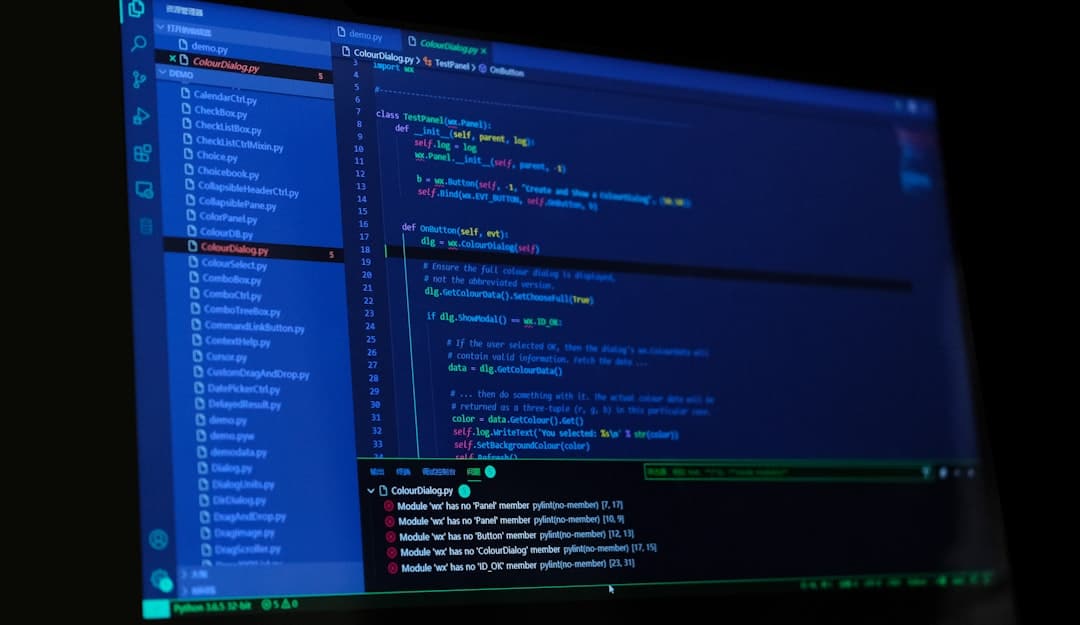E-commerce is growing faster than ever. Businesses are racing to sell online. But connecting all the systems behind the scenes? That’s where things get tricky.
Let’s dive into the fun (and sometimes frustrating) world of e-commerce integration.
Contents
What is E-commerce Integration?
Before we talk about the challenges, we need to know what it is. E-commerce integration means connecting your online store to other systems. These can be:
- Inventory software
- Payment gateways
- Order fulfillment services
- Customer relationship management (CRM) systems
- Accounting tools
It’s like setting up a team where everyone can talk to each other. But not everyone speaks the same language – and that’s where the problems begin.
Biggest Challenges of E-commerce Integration
1. Data Doesn’t Match
E-commerce systems don’t always speak the same language. Your inventory software might use one format, and your shipping tool uses another.
Imagine trying to play two board games at once – all with different rules! Data mismatches lead to:
- Wrong product info
- Order errors
- Unhappy customers

2. Too Many Tools
You might start with one tool. Then you add more… and more… and suddenly you have 15 different systems all trying to work together.
Too many tools can lead to:
- Confusion
- Lagging systems
- Harder troubleshooting
Fewer tools that work well together are better than many that don’t.
3. Real-Time Syncing
Your customer buys a product online. But your warehouse hasn’t updated yet. Uh-oh, the product is actually out of stock!
Real-time syncing means all your systems update instantly. If they don’t, problems happen fast.
This is one of the hardest things to get right. But it’s also one of the most important parts of great e-commerce integration.
4. Security Concerns
With more connections, data is flying all around. That means more places for hackers to sneak in.
Staying safe involves:
- Encryption
- Firewalls
- Secure APIs
It’s like locking your digital doors. You don’t want anyone stealing your customers’ payment info!
5. Keeping Up with Changes
Tech moves fast. What worked last year might break tomorrow when an app updates.
Businesses must:
- Keep systems updated
- Run tests regularly
- Be ready to fix errors fast
Always have a Plan B. Because updates never ask for permission before breaking things.

6. The People Factor
Let’s not forget the humans behind the tech. Not everyone is a tech wizard. Getting the team to use a new e-commerce system isn’t always smooth.
Training takes time. Mistakes happen. People resist change.
The secret? Go slow. Offer support. Celebrate small wins!
Tips to Make Integration Easier
Yes, e-commerce integration is hard. But here are a few ways to make it simpler:
- Pick tools that already work well together – Do your homework before buying software.
- Use middleware – These are tools that help systems talk to each other.
- Start small – Test out the process on one area before rolling out completely.
- Hire experts – Developers and system integrators can be lifesavers.
In the End…
E-commerce integration is like putting together a giant puzzle. Some pieces fit perfectly. Others need trimming. And sometimes, the picture on the box changes halfway through!
But once it’s done right, it’s worth it. Your business runs smoothly. Your customers are happy. And you can finally take that coffee break.

So keep pushing through the challenges. Because at the end of the tech maze, there’s success waiting with a shopping cart full of potential!

